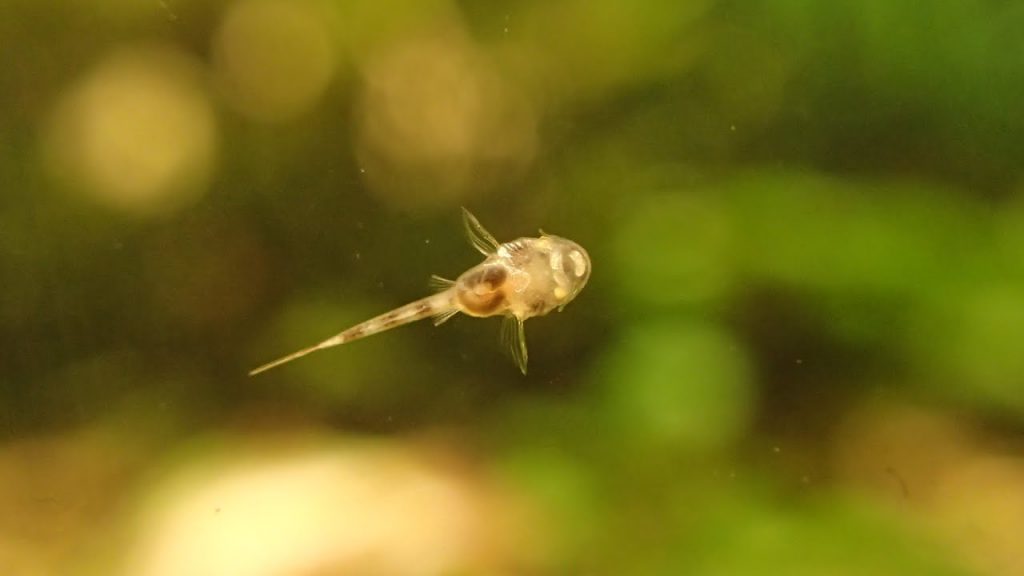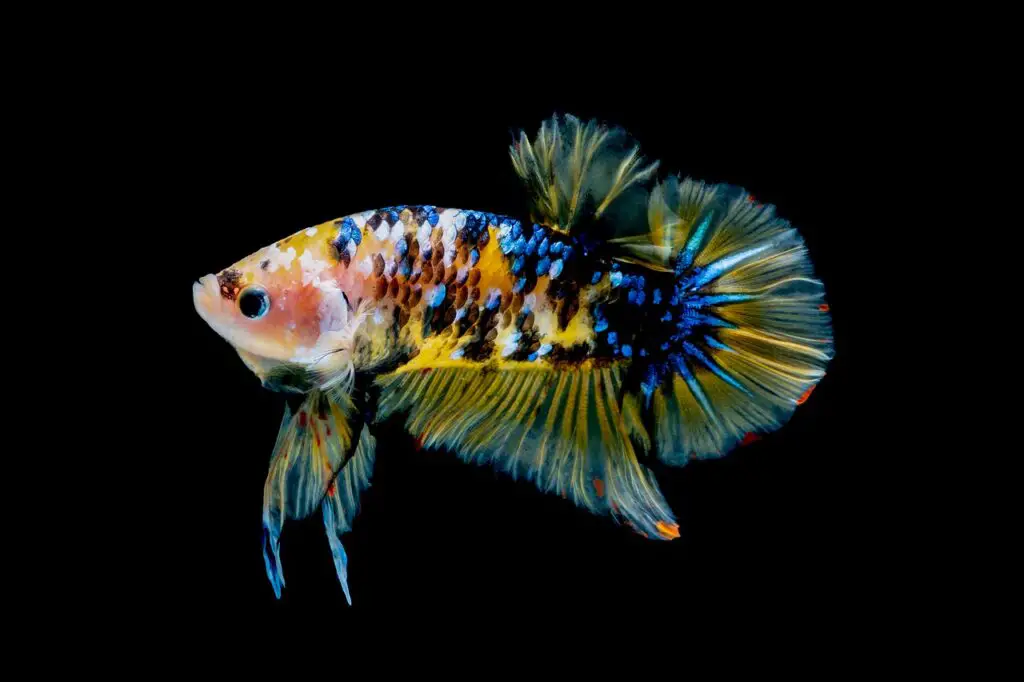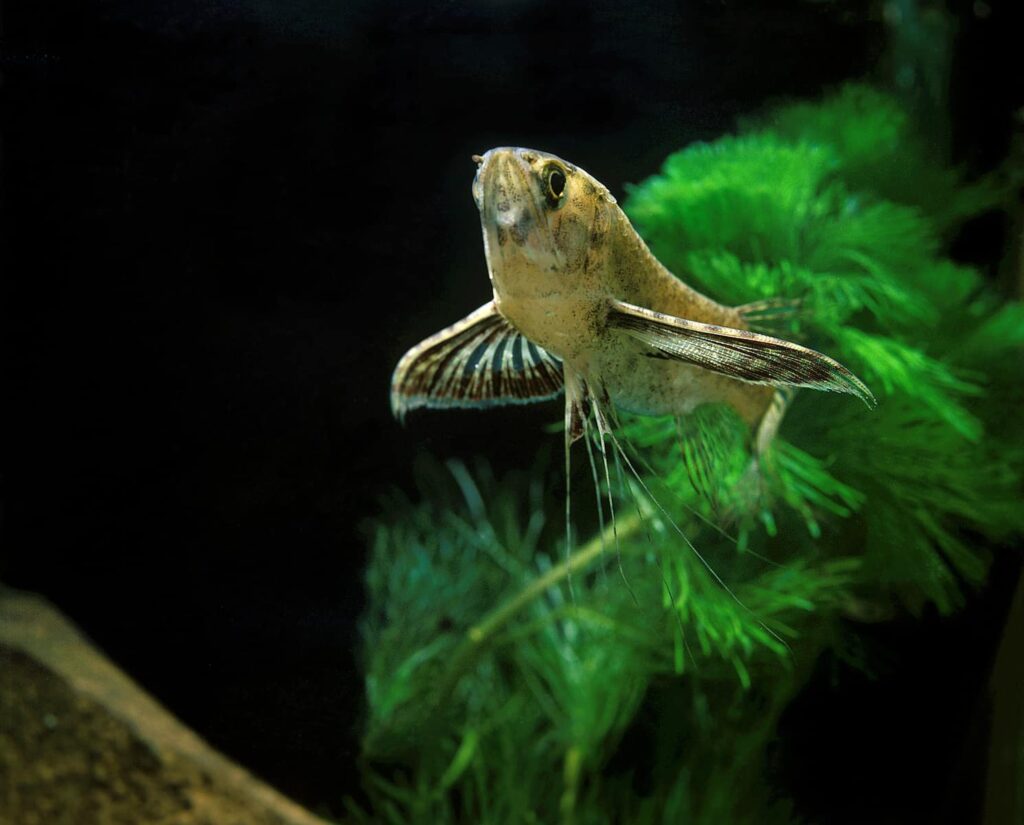Introduction
If you are thinking of keeping otocinclus in your aquarium, knowing how to look after and breed them is important. It will ensure you can keep your tank stocked with lots of these lovely fish.
Otocinclus are freshwater catfish and many people are keen to breed them in captivity to make the most of them. There are various kinds of otocinclus and if you want to keep and breed them, you need to make sure your tank is suitable. That means keeping the water between 72 and 79 degrees F, and providing them with appropriate food.
In this article, we’ll look at what otoclinclus fish need to survive in an aquarium, and what you need to do if you wish to rear otocinclus fry successfully at home.
Origin
These fish come from South America, where they are generally found in small streams and slow-moving water. For those that live in rivers, they tend to be found along the edges, rather than in the faster flow at the center.
Description
There are quite a few kinds of otocinclus. The common otocinclus has a white lower body, with a light brown upper body covered in speckles. Along the middle of the fish is a brown stripe, and it has semi-transparent fins.
Other varieties include:
- The silver otocinclus, which looks similar but has a silver stripe instead
- The alligator otocinclus, which is mottled with gray, brown, and black
- The zebra otocinclus, which has vertical black and white stripes
- The golden otocinclus, which looks similar to the common variety, but with richer coloring
There are a few other kinds too, all with slightly varied appearances. Some are much more commonly seen than others, so if you have a rare variety, you may wish to breed it.
Water
Otocinclus fish prefer water that is moderate or slow-moving, and they won’t thrive in a strong current. They like to be kept between 72 and 79 degrees F, with a pH value somewhere between 6.8 and 7.5. The water hardness should be around 7 to 15 dGH, and they need to be kept in a minimum of a 10 gallon tank.
Diet
This fish is herbivorous and needs to be fed accordingly. They will feed on algae in your tank, so you’ll often see them sucking at rocks, but you should supplement this with a regular food source too.
Character
Gentle, easygoing fish, otocinclus generally make an excellent addition to any aquarium, provided that they won’t get bullied by large, aggressive fish. They look lovely in planted tanks and will often hang from the aquarium glass, their small mouths suckered to it to hold themselves still.
They are entertaining fish to watch. You can pair them with a variety of other fish, but avoid any that will see them as prey, or that will drive them away from food.
What Do You Feed Otocinclus Fry?
It can be challenging to feed otocinclus fry, because they are extremely small when they first hatch. They should be able to find most of the food they need simply by grazing in your tank, especially if you have algae growing on the rocks, glass, or other tank features.
They will initially eat from the biofilm and microorganisms in the tank – tiny particles of organic matter that are too small for you to really distinguish. These will keep them fed for around a week, and then they will start eating algae and other vegetable matter, like their parents do.
As the babies start to get a little bigger, you’ll want to begin providing them with more substantial food. Fortunately, they’ll eat pretty much what their parents eat, so you don’t need to buy anything special for them.
You can feed the babies on almost any vegetable matter. Zucchinis are often a good choice, as they are soft enough for the babies to suck pieces off easily. They may also see the adults eating them. Alternatively, algae wafers should be another appropriate food source.
How Long Do Otocinclus Eggs Take To Hatch?
If you’ve seen your fish laying, you are probably waiting eagerly for the babies to appear. Fortunately, this is usually a pretty quick process, and most eggs will hatch within about 3 to 4 days. If your tank is on the cooler side, it may take a little longer, but will not usually be more than 5 days.
Your otocinclus will generally lay up to 40 eggs, but you may lose quite a few babies in the early stages. This is perfectly normal.
How Do You Feed A Baby Otocinclus?
Initially, you will not need to feed a baby otocinclus, and indeed you won’t be able to, because the fry will simply be eating tiny organic particles in the water. They may not show any interest in food that you scatter into the tank, as it is likely to be too big for them to tackle.
Little flecks of the food may break off, and the babies will eat these, but you are unlikely to see it happening because it’s on such a small scale.
As they grow, you should try to make sure the babies are getting some food, especially if there is a lot of competition in the tank. The adults will not look after or guard the babies, so they’ll have to forage for themselves.
Try breaking food up into small pieces and scattering it in the tank so that the other inhabitants cannot get all of it at once. On the whole, the babies will find enough to eat because they require so little food at first, but make sure you are adding larger amounts as they grow, and try to check they are getting their fair share.
If there is a lot of competition in your aquarium, consider transferring the babies into a separate tank so you can make sure they are getting enough food.
Conclusion
Otocinclus fry are fairly easy to look after, and shouldn’t need a lot of special treatment. You do need to make sure they start eating vegetable matter about a week after they have hatched, but otherwise, they should prove easy to raise up and transition into adulthood.



